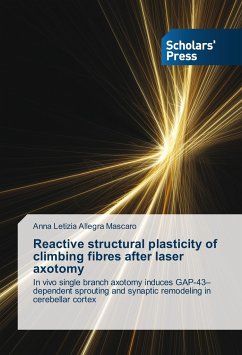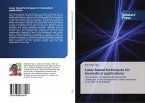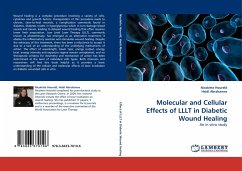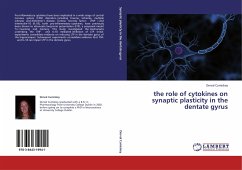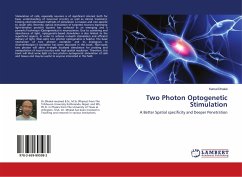The regenerative properties of neurons in the adult brain are generally very poor. Nonetheless, few populations of neurons, like the object of this study, retains regrowth capacities in adult being. This book is focused on the regenerative properties of adult cerebellar neurons. This study exploit high energy pulsed lasers to dissect single neuronal branches. In vivo two-photon imaging allows monitoring the remodeling of the dissected neuron on the long term with subcellular resolution. We found that climbing fibers (a type of cerebellar axons) are capable of regrowing after laser dissection of single axonal branches and that the regrowth of new branches from the injured neurons requires the expression of a growth associated protein, GAP-43. Axonal degeneration and modifications in GAP-43 expression profiles are associated with a plethora of neurological diseases, including amyotrophic lateral sclerosis, multiple sclerosis, epilepsy, diabetic neuropathy, schizophrenia and Alzheimer s and Parkinson s diseases. In this respect, these results may be helpful in assessing and validating new therapeutic strategies to prevent degeneration and promote axonal regrowth.
Bitte wählen Sie Ihr Anliegen aus.
Rechnungen
Retourenschein anfordern
Bestellstatus
Storno

